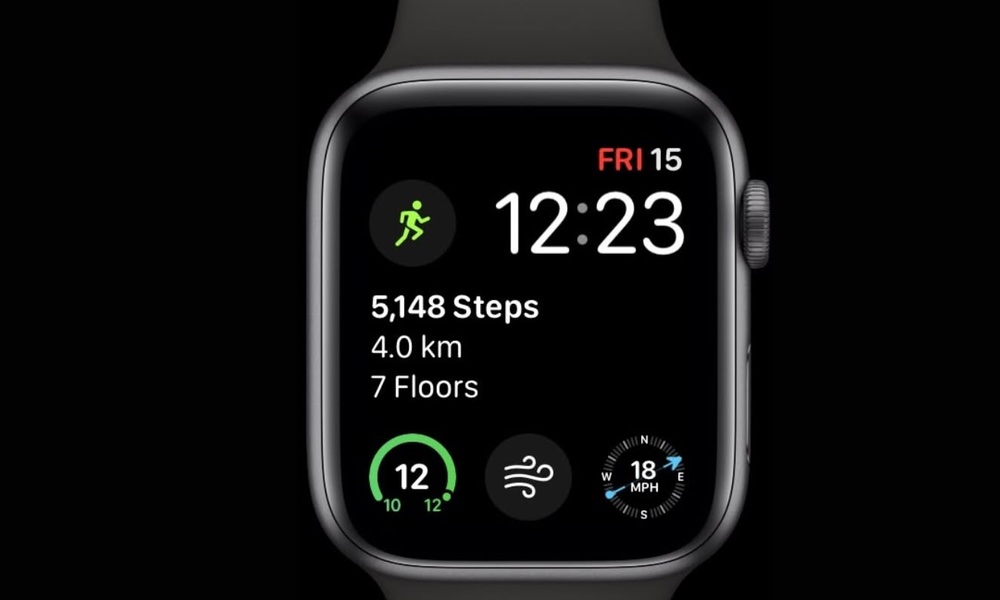In a study of nearly 200,000 U.S. adults, people whose diet contained a large amount of white rice had an increased risk of developing type 2 diabetes, while people who ate more brown rice had a decreased risk. Taken together, these results suggest that switching from white rice to brown might lower a person's risk of developing type 2 diabetes. The study was performed by researchers from the Harvard School of Public Health.
Replacement of white rice with other whole grains, such as barley or whole wheat, was associated with a 36% decrease in diabetes.
Brown rice is a whole grain that contains more fiber, vitamins and minerals than white rice does. White rice is a refined grain, produced by the milling and polishing of brown rice. The end product, while great for soaking up sauces, is little more than naked starch. In the body, naked starch is converted to sugar faster than starch plus fiber is, which means that eating white rice raises the blood sugar level faster than eating brown rice does. Over time, rapid fluctuations in a person's blood sugar level are thought to raise their risk of becoming diabetic.
After adjusting for various lifestyle factors that contribute to or protect against diabetes, the researchers found that participants who ate five or more servings of white rice weekly were 17% more likely to develop type 2 diabetes than those who ate less than one serving per month. And eating two or more servings of brown rice a week, as opposed to less than one serving a month, was associated with an 11% reduced risk of developing type 2 diabetes.
It's important to realize that rice accounted for less than 2% of the total calorie intake of the study subjects. Between the other 98% of what was eaten and a host of non-food related lifestyle factors, it's difficult to definitively link any single factor to a specific effect. While many factors can be adjusted for statistically, it's nearly impossible to adjust for them all. Often, associations found in dietary studies, like the one here between rice and diabetes, are not confirmed in later, more controlled studies. But the link seen here is highly suggestive.
It's certainly possible that eating brown rice is simply a marker of people who tend to lead an overall healthy lifestyle. And in fact, the researchers did find that the subjects who ate brown rice had a more health-conscious lifestyle and an overall healthier diet. But after statistically adjusting the results for this and other lifestyle factors, the association remained: more white rice, more diabetes; more brown rice; less diabetes. The study authors conclude that replacing refined grains, such as white rice, with more whole grains, including brown rice, would help lower the incidence of type 2 diabetes
The Harvard study pooled information from three long-running studies of doctors and nurses: the Brigham Women's Hospital-based Nurses' Healthy Study I and II and the Health Professionals follow-up study. These studies had compiled information about the diet, lifestyle and health conditions of nearly 40,000 men and over 150,000 women and had follow-up periods ranging from 14-22 years. Altogether, 10,507 subjects developed type 2 diabetes during the course of the three studies.
An article detailing the study was published in the June 14, 2010 issue of Archives of Internal Medicine.




